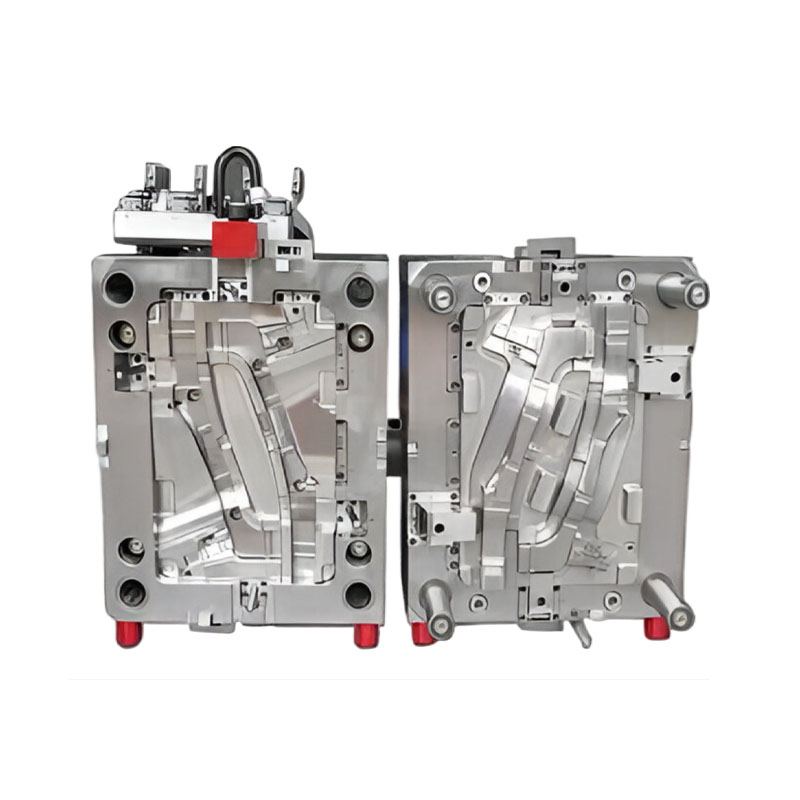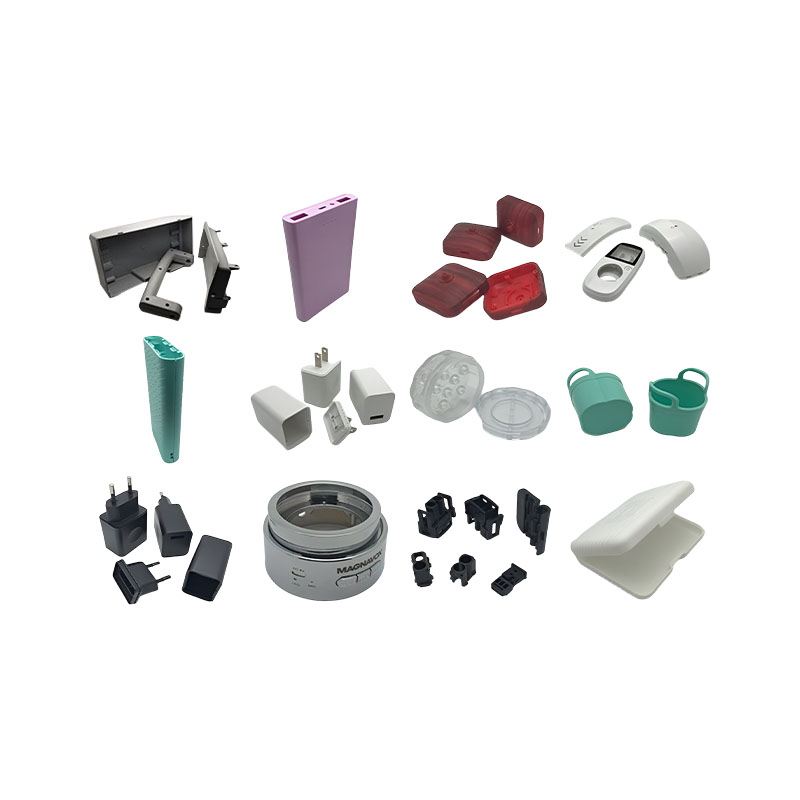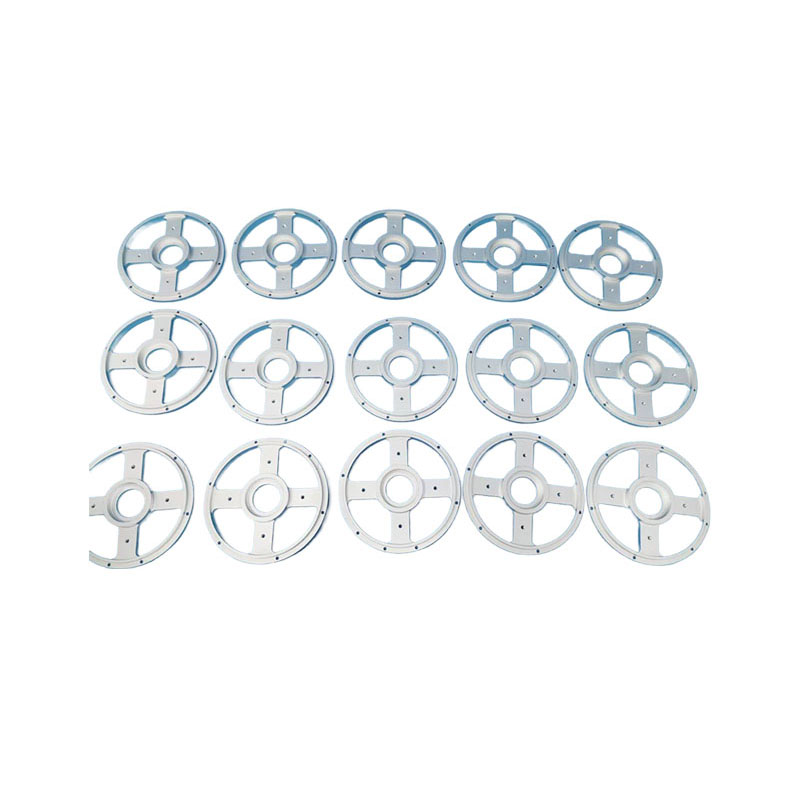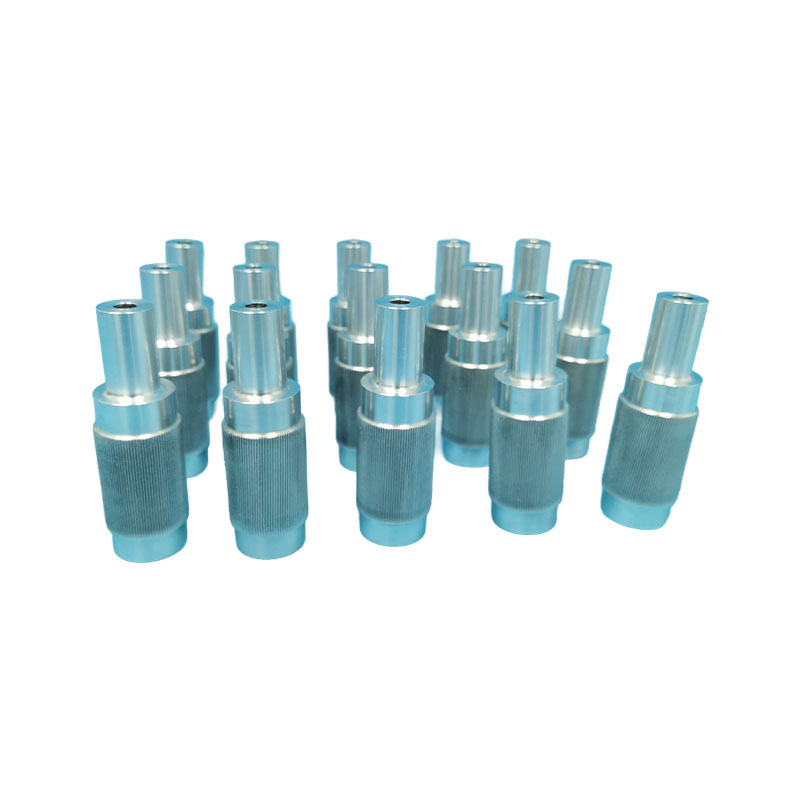How to reduce waste generation and promote resource recycling in the process of various plastic injection molding?
Release Time : 2025-07-04
With the increasing global awareness of environmental protection, the plastic products industry is facing unprecedented challenges and opportunities. As one of the important methods of plastic processing, various plastic injection molding not only plays a key role in many fields, but also generates a large amount of waste. Therefore, how to reduce waste generation while ensuring product quality and effectively promote resource recycling has become the focus of the industry.
1. Optimize design to reduce waste
The product design stage is the first step in controlling waste generation. By adopting the lean design concept, raw material waste can be significantly reduced. For example, designers should try to avoid complex structures or unnecessary details, which may lead to higher waste rates. In addition, choosing the right gate location and size is also very important, which not only affects the quality of the finished product, but also whether too much scrap will be generated during the production process. Using computer-aided engineering (CAE) software for simulation analysis can help predict potential problems, so as to make adjustments in advance and reduce the number of mold trials and the resulting waste.
2. Improve production process
In addition to optimizing the design, improving the production process is also the key to reducing waste. First, precise control of injection speed and pressure can ensure uniform distribution of materials and avoid defective products caused by insufficient filling. Second, the implementation of real-time monitoring systems, such as sensor networks and automated control systems, can instantly detect and correct deviations in the production process to prevent the production of defective products. Furthermore, the reasonable setting of cooling time and temperature can help shorten the entire cycle time, while improving the stability and consistency of the product and reducing problems such as deformation and cracks caused by overcooling or overheating.
3. Strengthen quality management
A strict quality management system is also crucial to reducing waste. Establish a full-process quality tracking mechanism from raw material procurement to finished product inspection to ensure that each link meets standard requirements. The use of advanced testing equipment and technology, such as X-ray scanning and ultrasonic testing, can detect hidden problems in the early stage and take timely measures to solve them, rather than waiting until the final assembly to find problems and cause greater losses. In addition, regular training of employees to improve their skills and sense of responsibility is also an indispensable part of ensuring product quality.
4. Promote resource recycling
Despite the above measures, a certain amount of waste will inevitably be generated. At this time, an effective recycling program is particularly important. On the one hand, enterprises can use the internal circulation system to directly return the scraps generated during the production process to the production line for reprocessing; on the other hand, they can cooperate with professional recycling companies to send the waste that cannot be handled by themselves to professional institutions for classification, cleaning, crushing and other pre-treatment before recycling. It is worth noting that when selecting recycled materials, it is necessary to consider whether their performance meets the requirements of specific applications. If necessary, reinforcing agents or other additives can be added to make up for the performance deficiencies.
5. Explore the application of new materials
In recent years, bio-based plastics and degradable plastics have received more and more attention due to their environmental protection characteristics. Although the cost of such materials is relatively high at present, and some of their performance is not as good as traditional petroleum-based plastics, with the advancement of technology, they are expected to become the ideal choice for various plastic injection molding in the future. Enterprises can try to gradually introduce these new materials, which not only reduces the impact on the environment, but also wins a good social image for themselves.
In short, reducing the generation of waste in the process of various plastic injection molding and promoting resource recycling is a systematic project. It needs to start from multiple aspects such as design, process, and management, combined with technological innovation and policy guidance, to make substantial progress. This is not only a manifestation of the company's fulfillment of social responsibility, but also an inevitable choice to adapt to the development trend of the times and achieve long-term development.
1. Optimize design to reduce waste
The product design stage is the first step in controlling waste generation. By adopting the lean design concept, raw material waste can be significantly reduced. For example, designers should try to avoid complex structures or unnecessary details, which may lead to higher waste rates. In addition, choosing the right gate location and size is also very important, which not only affects the quality of the finished product, but also whether too much scrap will be generated during the production process. Using computer-aided engineering (CAE) software for simulation analysis can help predict potential problems, so as to make adjustments in advance and reduce the number of mold trials and the resulting waste.
2. Improve production process
In addition to optimizing the design, improving the production process is also the key to reducing waste. First, precise control of injection speed and pressure can ensure uniform distribution of materials and avoid defective products caused by insufficient filling. Second, the implementation of real-time monitoring systems, such as sensor networks and automated control systems, can instantly detect and correct deviations in the production process to prevent the production of defective products. Furthermore, the reasonable setting of cooling time and temperature can help shorten the entire cycle time, while improving the stability and consistency of the product and reducing problems such as deformation and cracks caused by overcooling or overheating.
3. Strengthen quality management
A strict quality management system is also crucial to reducing waste. Establish a full-process quality tracking mechanism from raw material procurement to finished product inspection to ensure that each link meets standard requirements. The use of advanced testing equipment and technology, such as X-ray scanning and ultrasonic testing, can detect hidden problems in the early stage and take timely measures to solve them, rather than waiting until the final assembly to find problems and cause greater losses. In addition, regular training of employees to improve their skills and sense of responsibility is also an indispensable part of ensuring product quality.
4. Promote resource recycling
Despite the above measures, a certain amount of waste will inevitably be generated. At this time, an effective recycling program is particularly important. On the one hand, enterprises can use the internal circulation system to directly return the scraps generated during the production process to the production line for reprocessing; on the other hand, they can cooperate with professional recycling companies to send the waste that cannot be handled by themselves to professional institutions for classification, cleaning, crushing and other pre-treatment before recycling. It is worth noting that when selecting recycled materials, it is necessary to consider whether their performance meets the requirements of specific applications. If necessary, reinforcing agents or other additives can be added to make up for the performance deficiencies.
5. Explore the application of new materials
In recent years, bio-based plastics and degradable plastics have received more and more attention due to their environmental protection characteristics. Although the cost of such materials is relatively high at present, and some of their performance is not as good as traditional petroleum-based plastics, with the advancement of technology, they are expected to become the ideal choice for various plastic injection molding in the future. Enterprises can try to gradually introduce these new materials, which not only reduces the impact on the environment, but also wins a good social image for themselves.
In short, reducing the generation of waste in the process of various plastic injection molding and promoting resource recycling is a systematic project. It needs to start from multiple aspects such as design, process, and management, combined with technological innovation and policy guidance, to make substantial progress. This is not only a manifestation of the company's fulfillment of social responsibility, but also an inevitable choice to adapt to the development trend of the times and achieve long-term development.







